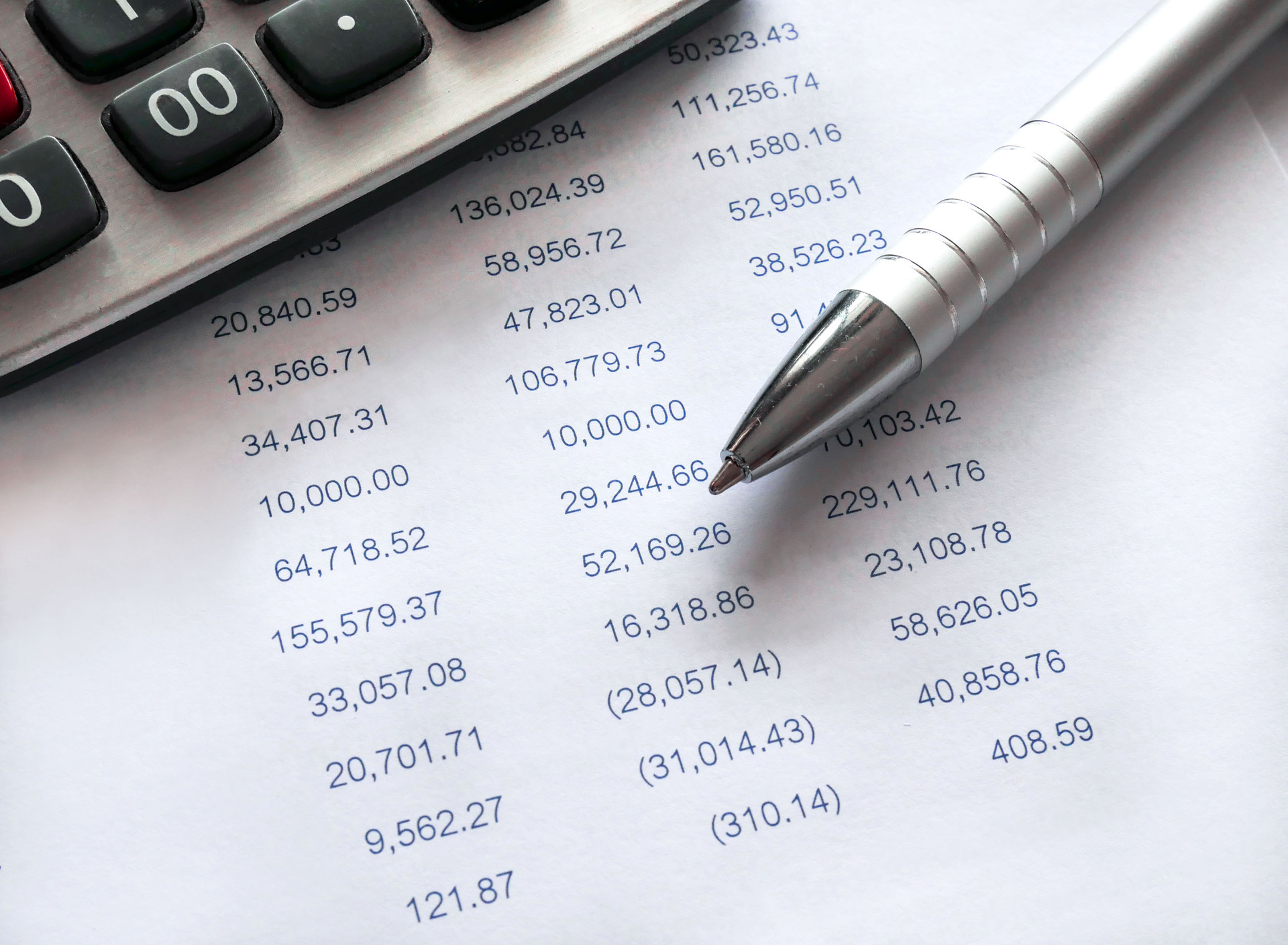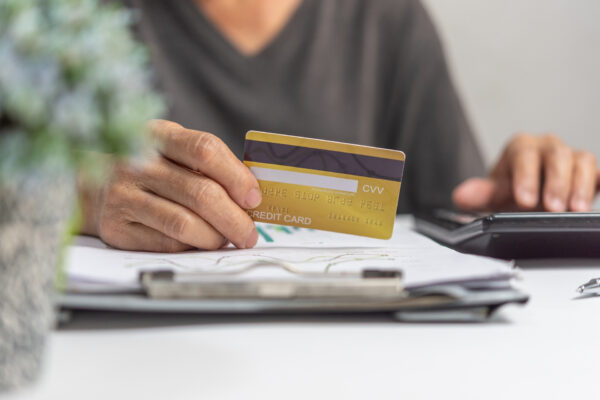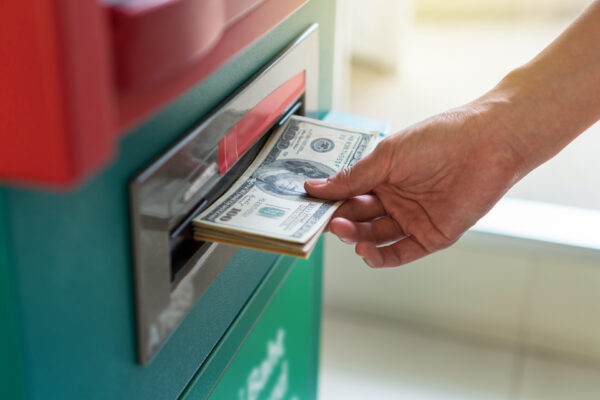
How to Check All Bank Account Statements for Suspicious Activity
When you suspect infidelity or financial deception, one of the smartest places to start is with your partner’s financial history. Learning how to check all bank account statements for suspicious activity can reveal patterns that are often more telling than any deleted text or social media post. Whether you share finances or just have access to limited information, reviewing statements with a detective’s mindset can uncover unexplained charges, hidden habits, and possible cheating clues. In this post, we’ll walk you through how to audit statements discreetly and what warning signs to look for.
Why Bank Statements Are a Cheater’s Weak Spot
Unlike texts or browser history, financial statements are hard to erase. If your partner is using money to support an affair—buying gifts, paying for hotels, or funding secret outings—those transactions leave a footprint. Cheaters often try to cover their tracks with cash (see Post #28), but they frequently forget about recurring charges, ATM withdrawal logs, or linked digital payments. That’s why bank accounts remain one of the most reliable sources of truth during an investigation.
Step-by-Step: How to Start Reviewing Statements
Start by collecting the most recent 3–6 months of account statements. If you share access, log in and download PDFs or view line-by-line digital logs. If you don’t share finances, keep an eye out for printed statements, emails, or shared banking notifications. Once you have the records, follow this checklist:
- Highlight unfamiliar transactions (especially from restaurants, hotels, online services)
- Look for repeated vendors that your partner never mentions
- Identify unusual ATM withdrawals (especially when paired with vague outings)
- Watch for round-number cash removals or late-night activity
- Flag duplicate charges that could point to secret gifting or shared app use
- Review transfers between personal accounts that don’t add up
- Track fuel or travel spending that doesn’t match their schedule
What Counts as “Suspicious”
Not all unfamiliar charges are signs of cheating. But there are certain red flags that may point to something more:
- Recurring purchases from online flower shops, jewelry sites, or gift retailers
- Hotel stays in your area, especially if they weren’t with you
- Subscription services to adult entertainment, dating apps, or encrypted messaging tools
- Transfers to names you don’t recognize, or recurring Zelle/Venmo payments
- Cash deposits followed by immediate withdrawals
If any of these appear alongside secrecy, odd behavior, or unexplained absences, they become much more relevant.
How to Match Charges with Real-Life Behavior
Financial activity means more when it’s tied to actions. Cross-reference withdrawals and charges with what your partner told you they were doing that day. For example:
- A $160 charge at a restaurant when they said they worked late? That’s a problem.
- Multiple charges from the same boutique during “gym” time? Suspicious.
- A charge from a dating site when they said they were visiting family? Definitely worth investigating.
Use a timeline to map financial activity against your partner’s known schedule. The inconsistencies will stand out quickly.
Tools That Help Track Suspicious Spending
If you’re checking bank account statements and need help organizing your findings, these tools can make the job easier:
- Suspicious Spending Tracker – Create a running log of dates, amounts, and matching excuses or stories
- [Banking App Alerts (set up if account access allows)] – Notifications for spending over a set limit or in specific locations
- Spokeo – Look up unknown names or payment recipients you find in statements
- Mini Voice Recorder – For recording conversations about suspicious spending (where legal)
- Document Organizer Folders – For keeping printed statements sorted and secured
These tools help transform hunches into documentation that can be reviewed or shared with a professional if needed.
What If You Don’t Have Full Account Access?
Even if you can’t log into every account, you still have options. Watch for:
- Receipts left in cars, pockets, or bags
- Bank-related notifications on shared devices
- Mail or email showing new credit accounts or services
- Clues from financial apps on shared tablets or home computers
- Changes in spending behavior, like more cash on hand or less transparency about budgeting
Gathering even partial data can help you ask smarter questions and decide what to do next.
Final Thoughts
Knowing how to check all bank account statements for suspicious activity gives you real, objective insight into what your partner may be hiding. Financial deception often comes before or alongside emotional or physical cheating. Don’t ignore what the numbers are telling you. Money trails don’t lie. If you’re seeing repeated charges, vague answers, and hidden accounts, you owe it to yourself to find out why. For help decoding the patterns or organizing your findings, visit our Ask an Expert page for discreet guidance.




